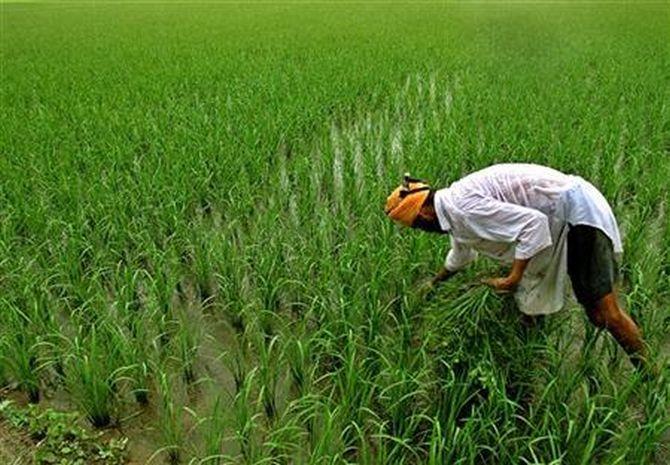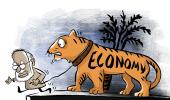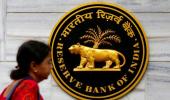A pick-up in farmer income could have a cascading impact on the rural economy, though agriculture is becoming a smaller part of India’s overall rural incomes.

Growth in agriculture and allied activities is expected to be a subdued 2.8 per cent in 2019-20 but farmers’ woes are likely to lessen a bit, according to advance estimates from the statistics office.
These activities are estimated as likely to rise by 9.8 per cent at current prices, indicating food inflation (used by many as a proxy for farmers’ income) of seven per cent, the highest since 2014-15.
However, not all agree with this.
Broadly, they say, the difference between gross value added at constant and current prices gives a fair idea of farmer income but it would be different in 2019-20, as overall food production hasn’t improved much, according to latest numbers.
In 2018-19, agriculture and allied activities grew 2.9 per cent at constant prices, while the sector rose 4 per cent at current prices, delivering food inflation of only 1.1 per cent, lowest since the new gross domestic product series.
A key factor in the year would be rabi production.
If higher than expected and prices remain firm, it could translate into real growth in farmers’ income, say experts.
“According to the methodology adopted by the statistics office for the first estimates, just the area sown of rabi is taken into consideration, which is then extrapolated to arrive at a estimated harvest number.
"The numbers indicate the government expects 2019 rabi production to be normal,” said Madan Sabnavis, chief economist at CARE Ratings.
Till last Friday, rabi crops had been sown on around 6.8 per cent more area than last year and 4.6 per cent more than the average area of the past five years.
The area for all rabi crops is higher than last year, after a marginal 0.8 per cent fall in 2019 kharif production.
A pick-up in farmer income could have a cascading impact on the rural economy, though agriculture is becoming a smaller part of India’s overall rural incomes.
“Increase in food prices is definitely good news for growers, in the sense that he is better off from the time when food prices were falling but, yes, for rural wage growth in real terms, it might not be very good news.
"Going forward, I assume, vegetable prices will come down as they are largely seasonal but inflation in pulses might stay high,” said D K Joshi, chief economist at ratings agency CRISIL.
The data sourced from the labour bureau showed in October 2019, real rural wage growth of general agricultural labourers (male) dropped by nearly 5.2 per cent, due to a sharp rise in the consumer price index for this segment.
Food items account for a greater share for an agricultural labourer's spending basket.
So, for the average labourer, the rise in farmgate prices hasn’t yet translated into higher gains.
The rise in food inflation is in contrast to the drop in farmgate prices to multi-year lows since 2015-16, due to bumper harvests and overall slowing of the rural economy in the aftermath of demonetisation and the Goods and Services Tax.
Drops in farmer income hit the rural economy, fuelling a series of protests across the country.
As the anger started impacting the electoral prospects of the ruling Bharatiya Janata Party, and it lost three Hindi heartland states (MP, Rajasthan, Chhattisgarh), the Centre launched an ambitious programme of direct income support through the PM-KISAN scheme.
This is expected to cost the exchequer at least Rs 75,000 crore a year.
Photograph: Munish Sharma/Reuters











